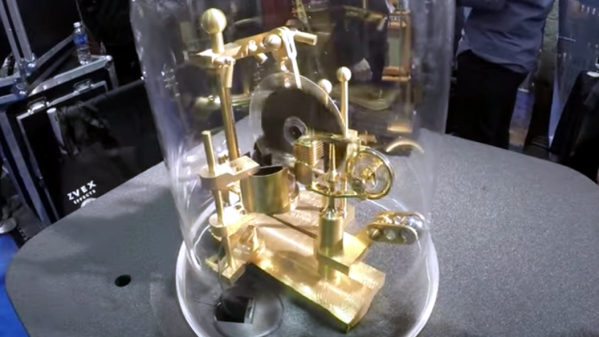Ever wondered what “cyberwar” looks like? Apparently it’s a lot of guessing security questions and changing passwords. It’s an interesting read on its own, but there are some interesting clues if you read between the lines. A General in the know mentioned that Isis:
clicked on something or they did something that then allowed us to gain control and then start to move.
This sounds very similar to stories we’ve covered in the past, where 0-days are used to compromise groups or individuals. Perhaps the NSA supplied such an exploit, and it was sent in a phishing attack. Through various means, the U.S. team quietly compromised systems and collected credentials.
The article mentions something else interesting. Apparently the targets of this digital sting had also been compromising machines around the world, and using those machines to manage their efforts. The decision was made by the U.S. team to also compromise those machines, in order to lock out the Isis team. This might be the most controversial element of the story. Security researchers have wanted permission to do this for years. How should the third parties view these incursions?
The third element that I found particularly interesting was the phase 2 attack. Rather than outright delete, ban, and break Isis devices and accounts, the U.S. team installed persistent malware that emulated innocuous glitches. The internet connection is extremely laggy on certain days, certain websites simply don’t connect, and other problems. These are the sort of gremlins that networking pros spend all day trying to troubleshoot. The idea that it’s intentional gives me one more thing to worry about. Continue reading “This Week In Security: Is RSA Finally Broken? The Push For Cloud Accounts, Encrypted DNS, And More Mobile Mayhem”




















